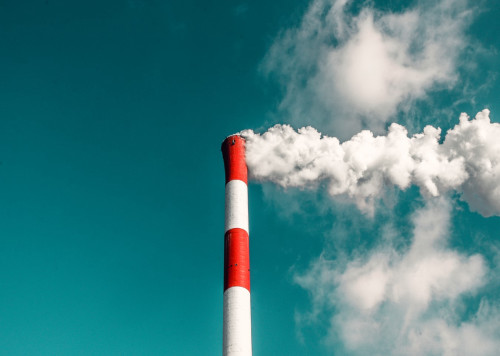Air pollution

Occupational Health Considerations
Business travellers and expats often raise air pollution as a serious concern when travelling to affected cities, especially if their families are accompanying them for significant periods.
The OH Clinician needs to be well versed in the current evidence for harmful health effects when advising employees and business managers and be ready to advise on sensible control measures where applicable.
Air quality measurements around the globe are not standardised with each country adopting its own standard. Typically these are calculated using the measurements of average times of the chemicals ozone (O3), sulphur dioxide (SO2), nitrogen dioxide (NO2), carbon monoxide (CO), particles smaller than 2.5 micrometers (PM2.5), and particles smaller than 10 micrometers (PM10) and then published as low moderate or severe or similar.
Activities that are major sources of outdoor air pollution:-
Cars and heavy duty vehicle emissions
Oil and coal burning
Factories, mines, and oil refineries
Waste burning
Cooking, heating with coal or wood
Across vast swathes of Asia, crop burning and forest burning are significant sources of urban pollution by smoke particles that travel hundreds of miles.
People most at risk from air pollution are :-
Infants and young children
People working in occupations where there is high exposure to contaminated air
People with asthma, COPD or rarer lung diseases
People with a cardiovascular disease
Adults over 65
People who lack access to health care
Near busy roadways
Clinical Aspects
Human activities that are major sources of outdoor air pollution:-
Cars and heavy duty vehicle emissions
Oil and coal burning factories, mines, and oil refineries
Waste burning
Cooking, heating, and lighting with coal or wood are major air polluting activities in some regions of Asia.
The contribution from human activities far exceeds natural sources.
The number in PM2.5 or PM10 or PM25 refers to the particle diameter in micrometers. PM2.5 to PM10 are responsible for significant respiratory disease
The health risks associated with particulate matter of less than 10 and 2.5 microns in diameter (PM10 and PM2.5) are especially well documented. PM is capable of penetrating deep into lung passageways and entering the bloodstream causing cardiovascular, cerebrovascular and respiratory impacts. In 2013, it was classified as a cause of lung cancer by WHOs International Agency for Research on Cancer (IARC).
Gases with the strongest evidence for public health concern include ozone (O3), nitrogen dioxide (NO2) and sulphur dioxide (SO2).
My reflection

